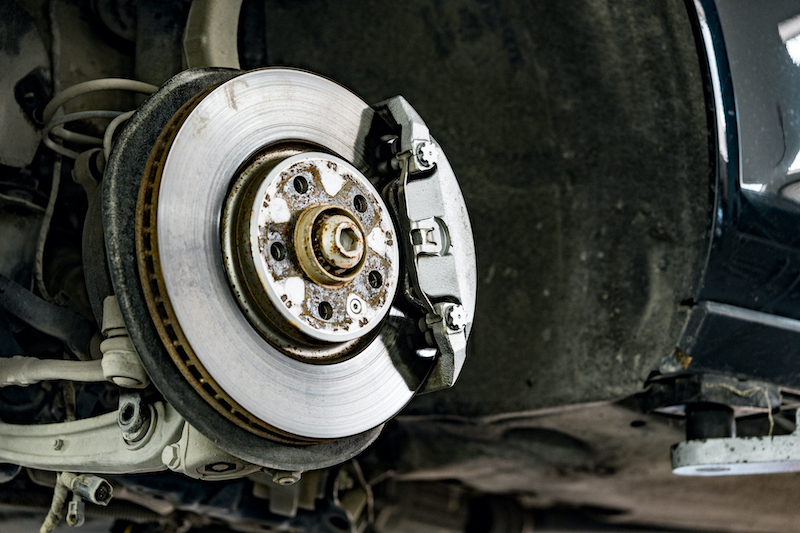Brake Safety 101: Protecting Yourself and Others on the Road

When it comes to road safety, there are some essential elements that just cannot be ignored. One of these aspects is the integrity of your vehicle’s braking system. No matter how proficient you are at driving, by understanding and practising brake safety, you can protect yourself and others on the road.
In this blog, we’ll delve into the importance of maintaining optimal brake functionality, explore common signs of brake wear and tear, and provide practical tips to help you ensure that your brakes are in excellent condition. From understanding brake components to knowing when it’s time for maintenance or replacement, we’ve got you covered.
We’ll navigate through the essential aspects of brake safety, empowering you to take proactive measures for safer travels, thereby creating a secure road environment for all. Let’s dive in and prioritise safety behind the wheel!
Understanding Brake Mechanics
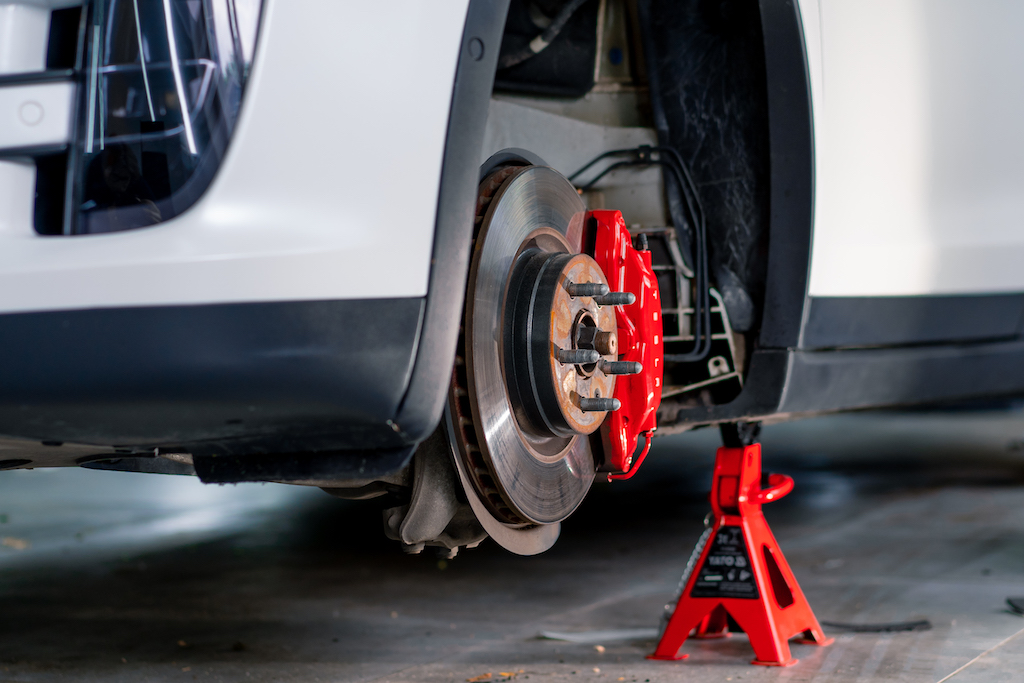
To drive safely, you need to understand the basics of brake mechanics. Car brakes are a complex system that comprises various components, including brake pads, rotors, calipers, and brake fluid.
When you press the brake pedal, it generates hydraulic pressure, which forces the brake pads against the rotors. This, in turn, creates friction that slows down or stops the vehicle. With regular inspection and maintenance, you can ensure that all these components function properly and your car stops as and when you need it to.
Moreover, you have to look out for signs of brake problems, including squealing noises, vibrations, or reduced braking effectiveness. By familiarising yourself with your brake’s mechanics, you’ll be able to identify issues early, address them quickly, and ultimately, safeguard yourself and others on the road.
Regular Brake Maintenance
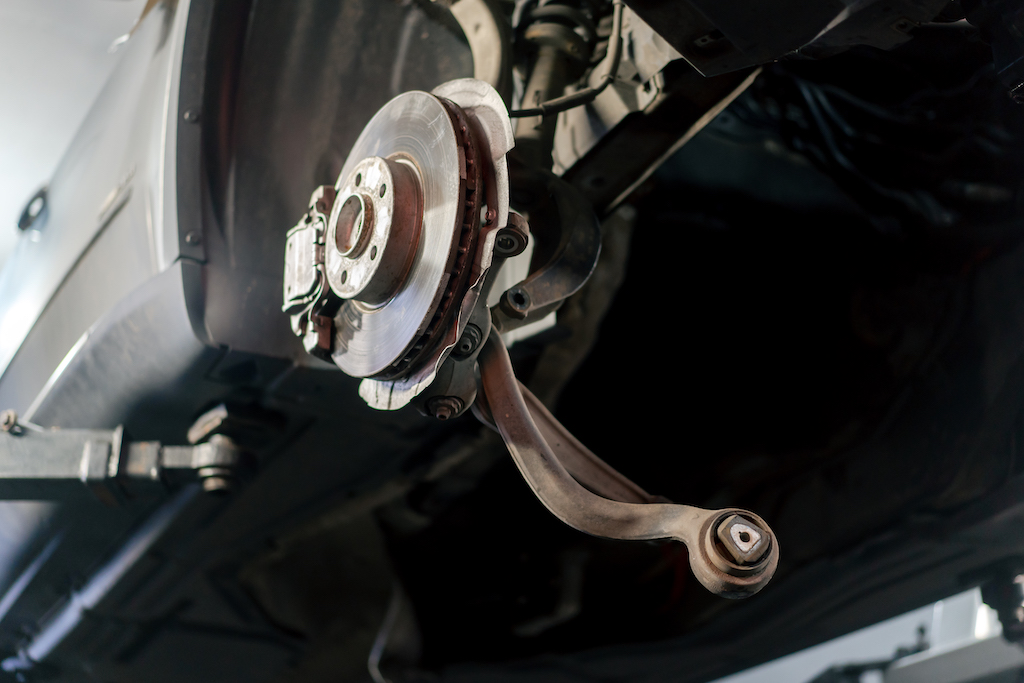
Brake maintenance is essential for ensuring vehicle safety and smooth performance. With scheduled inspections, you can identify issues like worn-out brake pads, leaking brake fluid, or damaged components early on.
It’s also smart to give your brakes a once-over every 12,000 miles, or as your car manual suggests. That way, you can avoid any unwanted surprises. Basic tasks like replacing brake pads, flushing brake fluid, and fixing up the rotors when needed are all part of the routine maintenance.
If you ignore these steps, it could lead to brake failure, compromising your ability to stop safely. By prioritising regular brake maintenance, you can ensure the best brake performance, extend the lifespan of your braking system, and create safer driving conditions.
Recognizing Warning Signs of Brake Problems
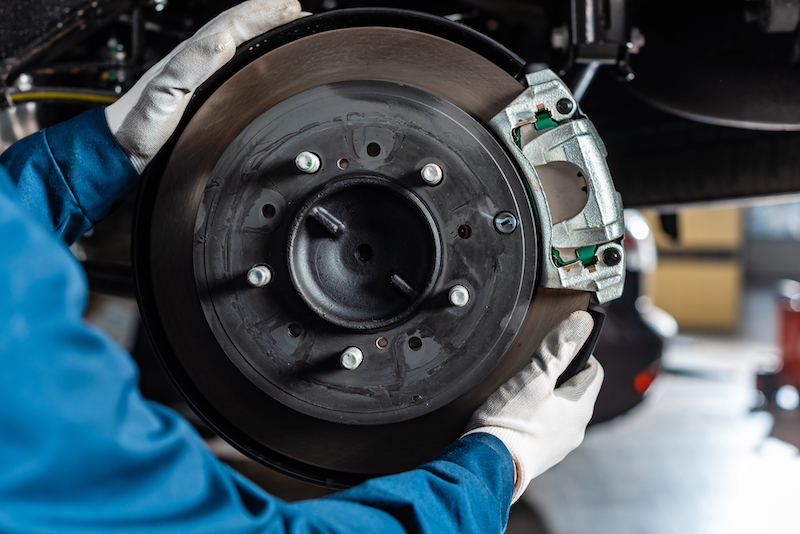
Being able to correctly identify the signs of brake problems is the key to staying safe on the road. If you hear squealing or grinding when you hit the brakes, feel vibrations, notice your brake pedal feeling spongy, or your car pulling to one side, those are red flags that you shouldn’t ignore.
Additionally, if any dashboard warning lights like ABS or brake system lights come on, don’t overlook them. Any weird or abnormal behaviour from your brakes means it’s time to get them checked out immediately.
Catching problems early prevents accidents and helps you maintain brake safety. When you regularly inspect your braking system and address these kinds of warning signs, you can repair or replace your brake parts on time, keeping them performing well for longer.
Safe Driving Practices to Reduce Brake Wear

Practising safe driving habits is crucial for keeping your brakes in great shape. Steer clear of aggressive driving behaviours like suddenly slamming on the brakes or accelerating, as they’ll wear out your brake pads and rotors faster.
Keep a safe distance from the car in front of you so you can brake gradually instead of having to stop suddenly, as this is also easier on your brakes. You can also try anticipating the road conditions and traffic patterns to brake smoothly and efficiently. Moreover, when you’re going downhill, let your engine do some of the work by downshifting, which takes some pressure off your brakes.
You also need to keep your tyres properly inflated and aligned to ensure that your brakes wear evenly. By sticking to these safe driving practices, you’ll extend the life of your brakes and make the road a safer place for everyone.
What to Do If Your Brakes Fail
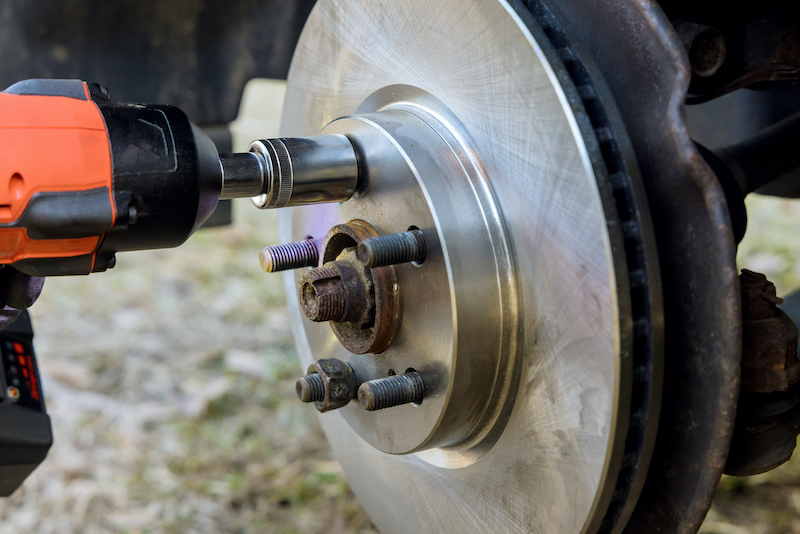
Experiencing brake failure is a terrifying situation, but you have to make sure that you stay calm and don’t panic. First, try pumping the brake pedal to build up hydraulic pressure. Then, downshift to a lower gear to slow the car and use the emergency/parking brake gradually.
Steer to a safe area away from traffic and use hazards to alert other drivers of your situation. As a last resort, you could also use roadside barriers or soft barriers to slow down or aim for a soft obstacle or an uphill slope to stop the vehicle.
Remember, keeping a cool head and taking quick, decisive actions makes all the difference in averting a potential disaster.
To Ensure Brake Safety, Choose Online Automotive’s Car Parts
Now that you’ve read through everything you need to know about brake safety, choose our car brake parts for your repairs and replacements!
At Online Automotive, we offer a comprehensive selection of high-quality replacement parts, carefully curated to meet your car repair needs. Our competitive prices also ensure that you get the best value for your money.
With expert product descriptions and responsive customer support, we strive to make your shopping experience seamless. Trust us to be your reliable partner in the world of DIY car repairs, ensuring that all your journeys are convenient and hassle-free.
Explore our range of products and get in touch with us today!




